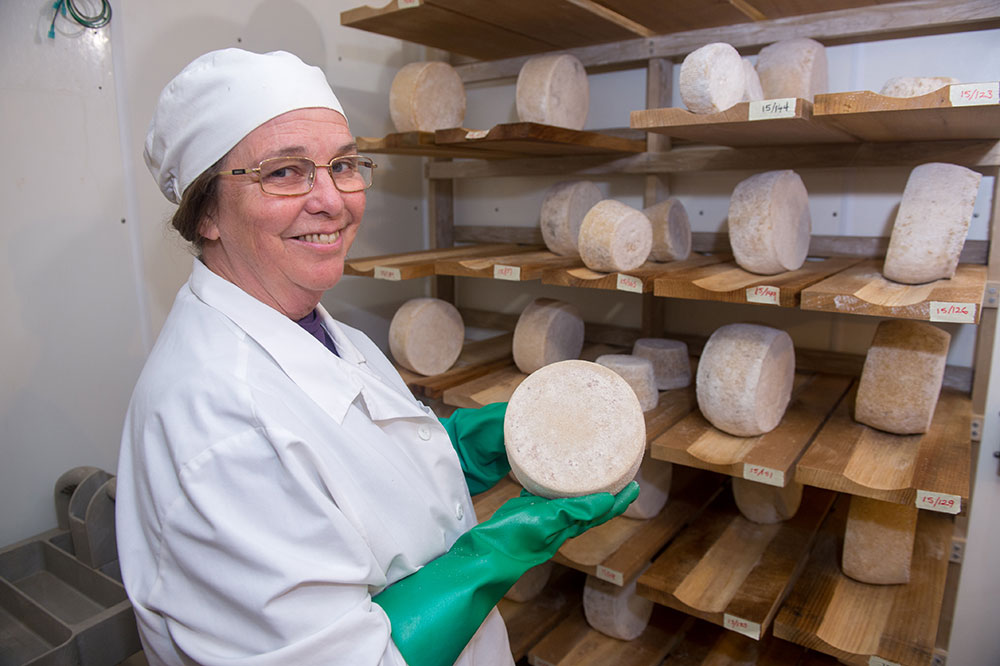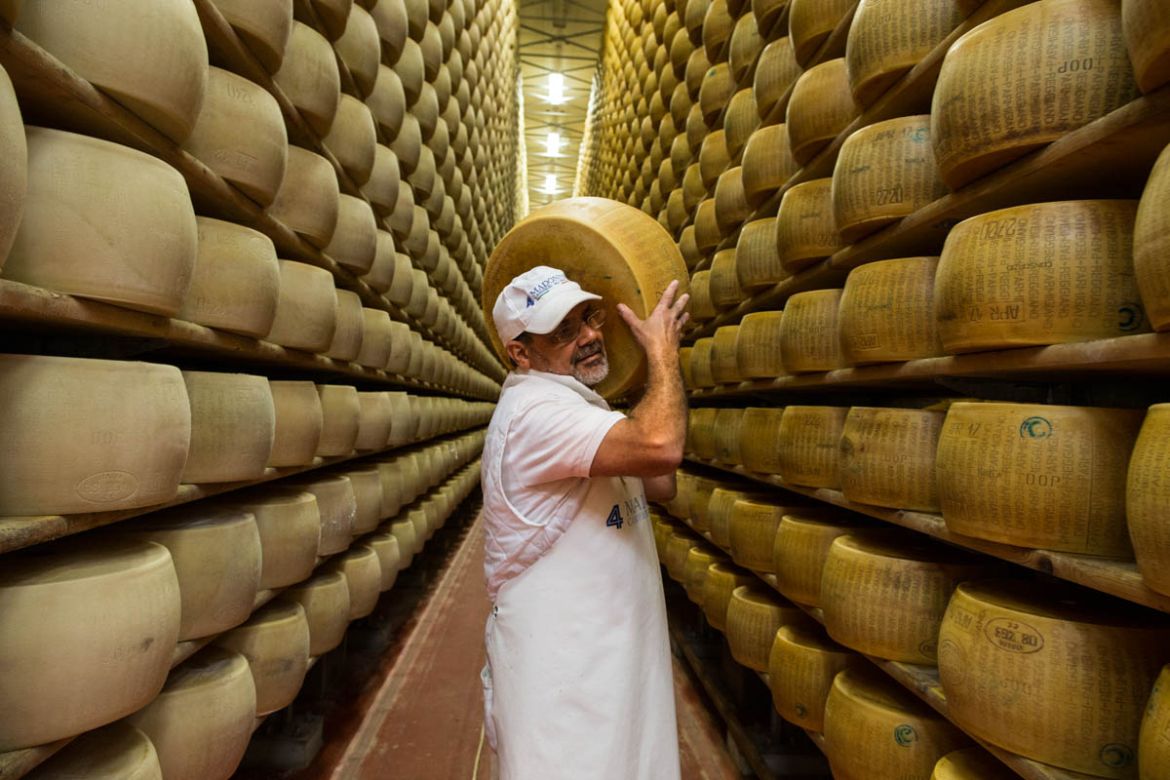Meet the Cheese Makers Melbourne Trusts: The Legacy of Floridia Cheese Thomastown
Wiki Article
Opening the Secrets of Artisanal Cheese Making: A Step-by-Step Do It Yourself Guide
In the world of culinary craftsmanship, artisanal cheese making stands as a testimony to the fragile equilibrium in between practice and advancement. As we begin on this trip to debunk the art of producing charming cheeses, we are faced with a tapestry of skills and keys waiting to be deciphered.Choosing the Right Milk
When beginning on the journey of artisanal cheese production, the selection of milk plays a crucial duty in identifying the top quality and qualities of the end product. The sort of milk selected affects the flavor, appearance, and on the whole account of the cheese. Raw milk, right from the pet, is chosen by lots of artisanal cheesemakers as a result of its distinct blend of enzymes, bacteria, and taste substances. Using raw milk comes with policies and risks, making sterilized milk a much safer alternative for newbies.In addition, the source of the milk, whether from cows, goats, sheep, or buffalo, adds distinctive flavors and qualities to the cheese. Each kind of milk brings its very own nuances, allowing for a broad variety of cheese selections to be crafted based on the picked milk.
Culturing and Coagulating
To initiate the cheese-making process, the critical actions of culturing and coagulating must be thoroughly carried out to change milk right into curds and whey. Culturing involves introducing helpful microorganisms to the milk, which after that starts the fermentation procedure. These microorganisms transform lactose (milk sugar) right into lactic acid, developing the acidic setting necessary for coagulation. The type of society made use of can significantly impact the taste, appearance, and ripening of the last cheese item.

The timing and temperature level control during culturing and coagulation are critical variables that affect the last end result of the cheese. Appropriate execution of these actions is vital to guarantee the wanted structure, flavor, and consistency of the artisanal cheese being generated.
Draining and Pushing Curds
After the milk proteins have coagulated and the curds have actually been cut to launch whey, the next vital step in artisanal cheese making entails draining and pushing the curds to achieve the wanted texture and uniformity of the final cheese product. Draining pipes is the process of separating the curds from the whey. This can be done by transferring the curds right into a cheesecloth-lined colander or mold and mildew and allowing the whey to drain off normally. The time for draining pipes can differ relying on the sort of cheese being made and the wanted moisture content.Pressing helps expel any remaining whey and compacts the curds to develop a strong cheese wheel. Correct pressing and draining pipes are essential actions that substantially influence the quality and features of the artisanal cheese being created.
Aging and Flavor Strategies
Implementing meticulous aging and flavoring strategies is essential in enhancing the deepness and intricacy of artisanal cheeses, boosting their preference accounts to elegant levels of improvement and refinement. Aging plays a crucial function in developing the unique tastes and textures that identify artisanal cheeses.Seasoning methods also add substantially to the last taste of artisanal cheeses. Cheesemakers may choose to introduce added flavors by integrating ingredients such as natural herbs, seasonings, or perhaps fruits into celebrity during the production procedure. Furthermore, some cheeses are cleaned or scrubed with different fluids, such as brine or alcohol, to enhance their tastes and structures.
Covering and Keeping Cheeses

Conclusion
In verdict, understanding the art of artisanal cheese making entails very carefully selecting the appropriate milk, following precise culturing and coagulating processes, draining pipes and pressing curds successfully, and utilizing various aging and flavoring methods. Bear in mind to cover and save your cheeses properly to guarantee optimum taste and appearance advancement.Each kind of milk brings its own subtleties, permitting for a wide array of cheese varieties to be crafted based on the chosen milk.After the milk proteins have coagulated and the curds have been reduced to launch whey, the next vital step in artisanal cheese making involves draining and pressing the curds to accomplish the desired appearance and consistency of the last cheese item. The majority of cheeses should be wrapped in wax paper or cheese paper to allow them to take a breath while shielding them from drying out. For cheeses that need to continue aging, such as bloomy skins or washed rinds, ensure they go to the website are stored in a cool setting like a cheese cave or a refrigerator established to the proper temperature. By paying interest to the covering and storage space of artisanal cheeses, cheese manufacturers and fanatics can maintain the integrity of these delicacies and totally enjoy their complicated tastes.
Report this wiki page